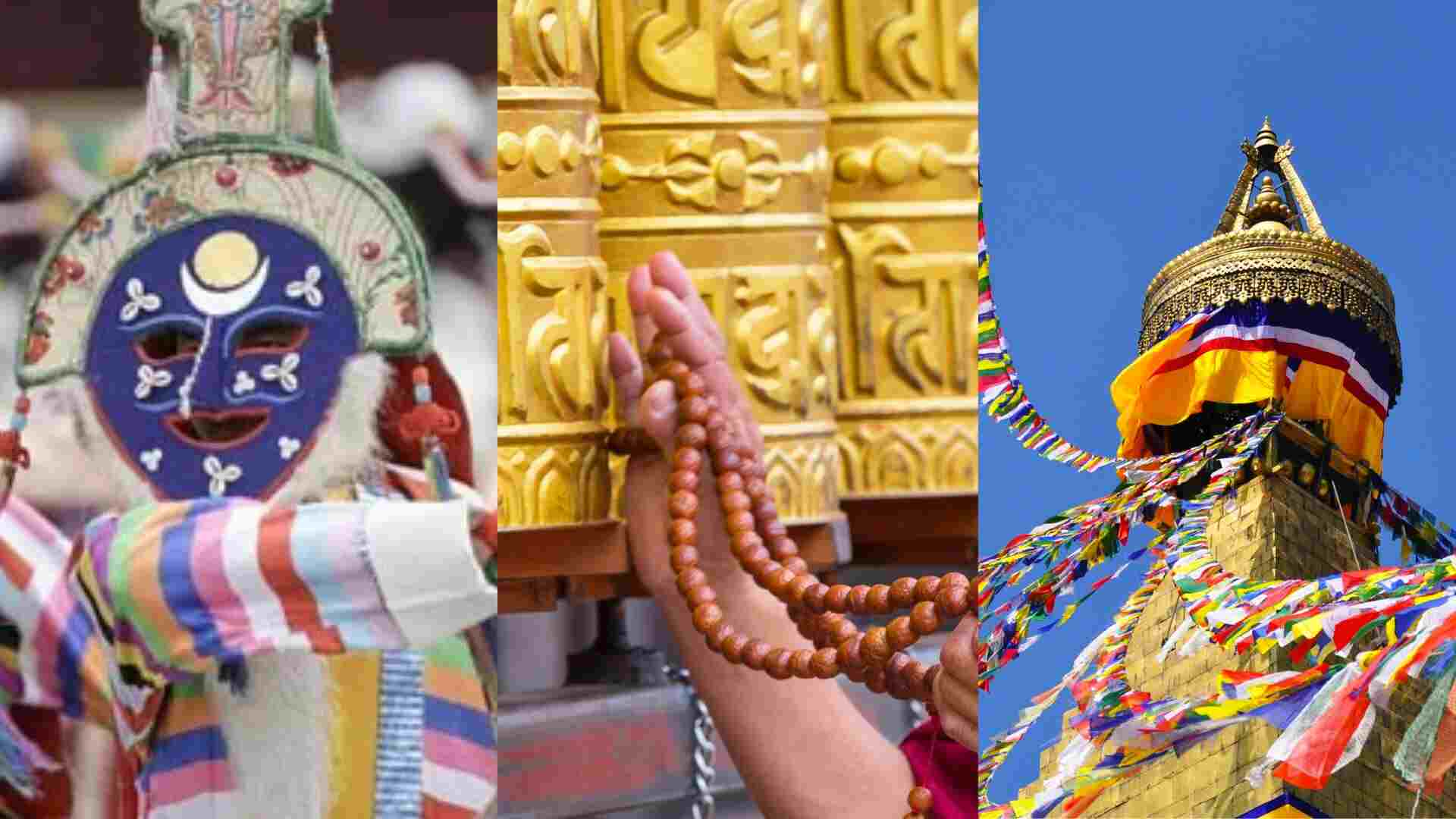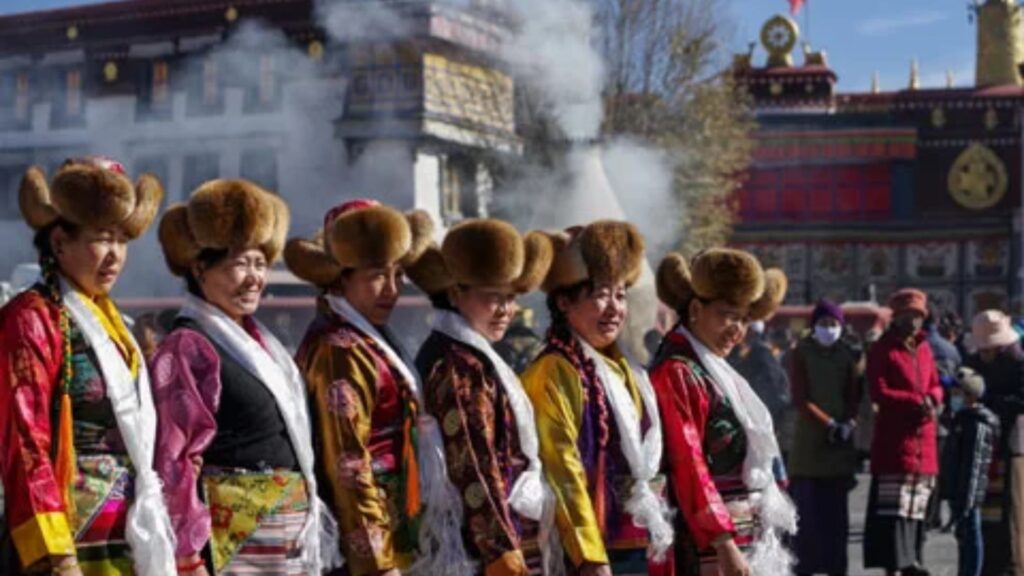Tibetan culture is a rich and diverse tapestry woven from the threads of Buddhism, art, festivals, music, dance, architecture, cuisine, language, and script. This article delves into the fascinating aspects of Tibetan culture, highlighting its unique features and contributions to the world.
Buddhism in Tibetan Culture
Buddhism is the cornerstone of Tibetan culture, deeply ingrained in every aspect of life. Tibetan Buddhism, also known as Vajrayana Buddhism, is a distinct form that evolved from the teachings of Buddha Shakyamuni. The Dalai Lama, the spiritual leader of Tibet, is a prominent figure in Tibetan Buddhism. The religion emphasizes the importance of compassion, wisdom, and spiritual growth. Monasteries and temples are central to Tibetan Buddhist practice, serving as hubs for meditation, prayer, and spiritual guidance.
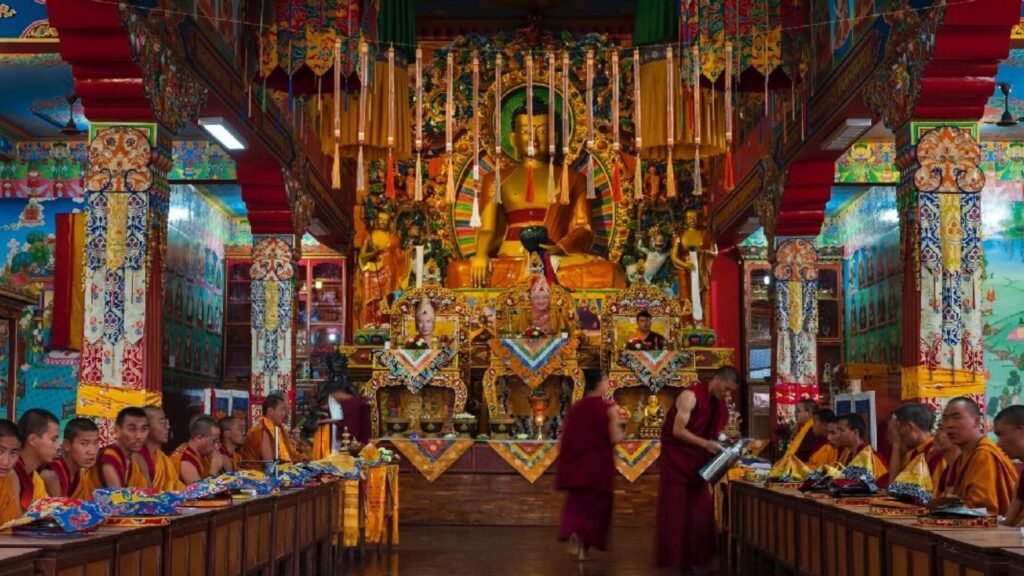
Thangka Art
Thangka Art
Thangka art is a significant aspect of Tibetan culture, originating in the 11th century. Thangkas are portable, silk or cotton fabric scrolls depicting Buddhist deities, scenes, or mandalas. These intricate paintings are used for meditation, instruction, and decoration. Thangkas often feature the Eight Auspicious Symbols, such as lotus flowers, banners, and fish, which symbolize enlightenment and spiritual purity. The creation of thangkas requires years of training and adherence to strict rules, ensuring the accurate depiction of deities and their attributes. Thangkas are highly valued and can be found in monasteries, temples, and private collections worldwide
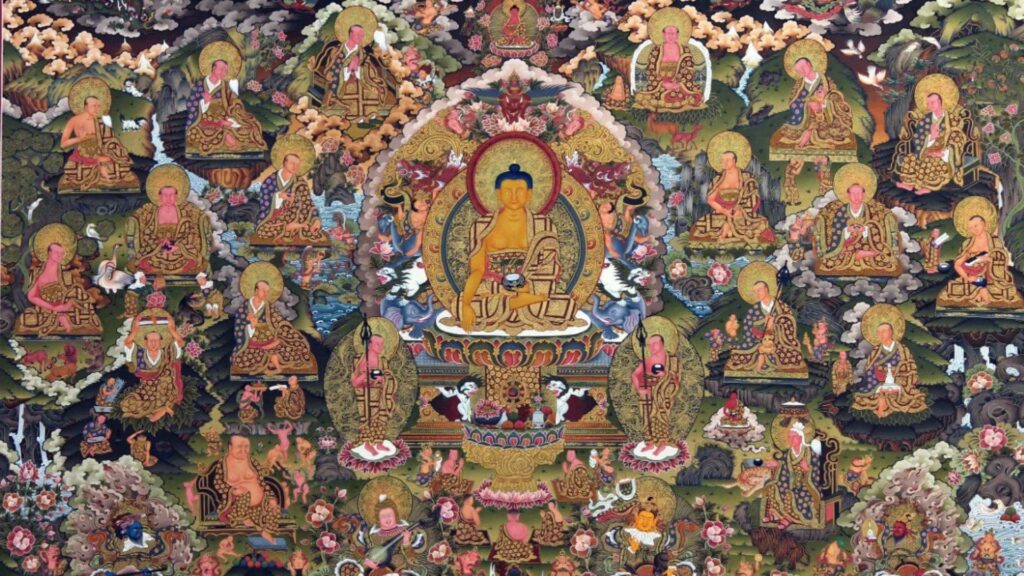
Thangka Painting
Festivals
Tibetan festivals are vibrant celebrations of their cultural heritage. One of the most significant festivals is Losar, the Tibetan New Year. This festival is marked by elaborate rituals, prayers, and feasting. During Losar, Tibetans engage in traditional activities like making butter sculptures, performing sacred dances, and offering prayers to the gods. The festival time is utilized by people for family gatherings and community bonding.
Traditional Music and Dance
Tibetan music and dance are integral parts of their cultural heritage. Traditional music features instruments like the dranyen (a stringed instrument), the damaru (a drum), and the gyaling (a wind instrument). These instruments are used in various forms of music, including sacred and secular compositions. Tibetan dance is characterized by intricate movements and costumes, often performed during festivals and rituals. The dances are meant to evoke spiritual energies and convey stories from Buddhist mythology.

Tibetan Music
Architecture
Tibetan architecture is characterized by its unique blend of Buddhist and traditional styles. Monasteries and temples are built with intricate wood carvings, vibrant colors, and intricate designs. The Potala Palace in Lhasa is a prime example of Tibetan architecture, featuring a mix of Buddhist and traditional elements. The palace once served as the Dalai Lama’s winter residence and is currently recognized as a UNESCO World Heritage Site. Additional prominent landmarks in the area encompass the Jokhang Temple and the Norbulingka Palace.
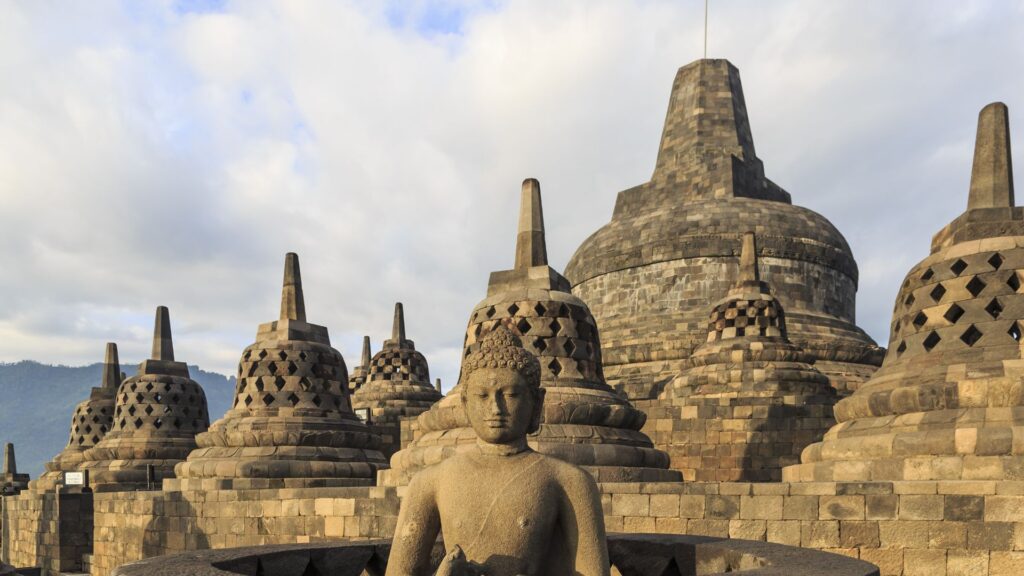
Cuisine
Tibetan cuisine is known for its hearty, spicy, and flavorful dishes. Popular dishes include momos (steamed dumplings), thukpa (noodle soup), and tsampa (barley flour). Meat dishes like yak meat and beef are common, often served with traditional spices and vegetables. Tibetan cuisine is influenced by the region’s harsh climate, with dishes designed to provide warmth and sustenance. Traditional Tibetan tea, made from butter tea and salt, is a staple beverage.
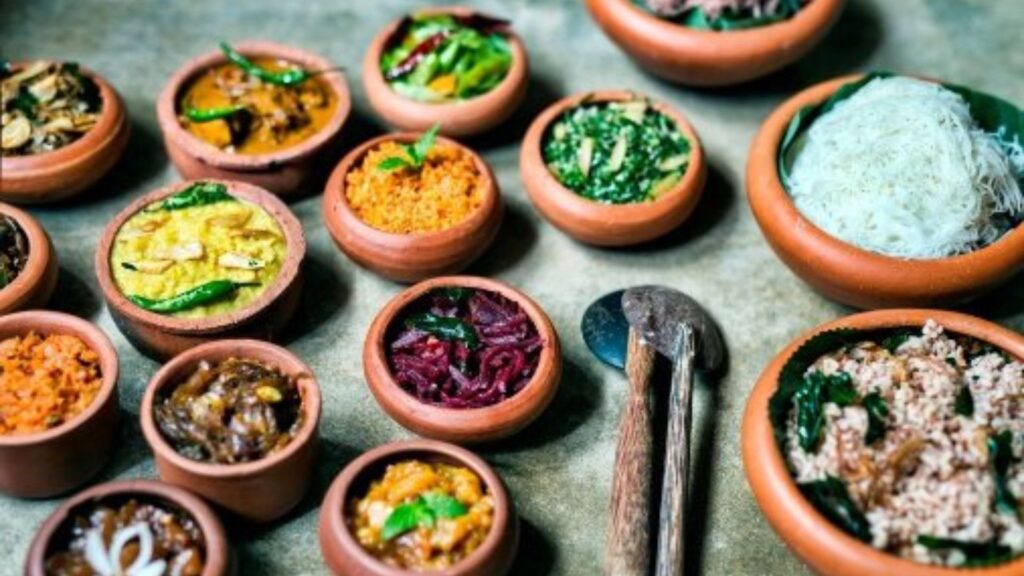
Language and Script
The Tibetan language is written using the Tibetan script, which evolved from the Indian Brahmi script. It is a complex writing system with numerous letters and diacritical marks. Spoken by over 6 million people worldwide, Tibetan is an official language in Tibet and is renowned for its rich literary tradition, encompassing sacred texts and historical documents. The Tibetan script is also employed in other regional languages like Ladakhi and Sherpa, serving as a vital component of Tibetan culture, essential for religious texts, literature, and everyday communication.
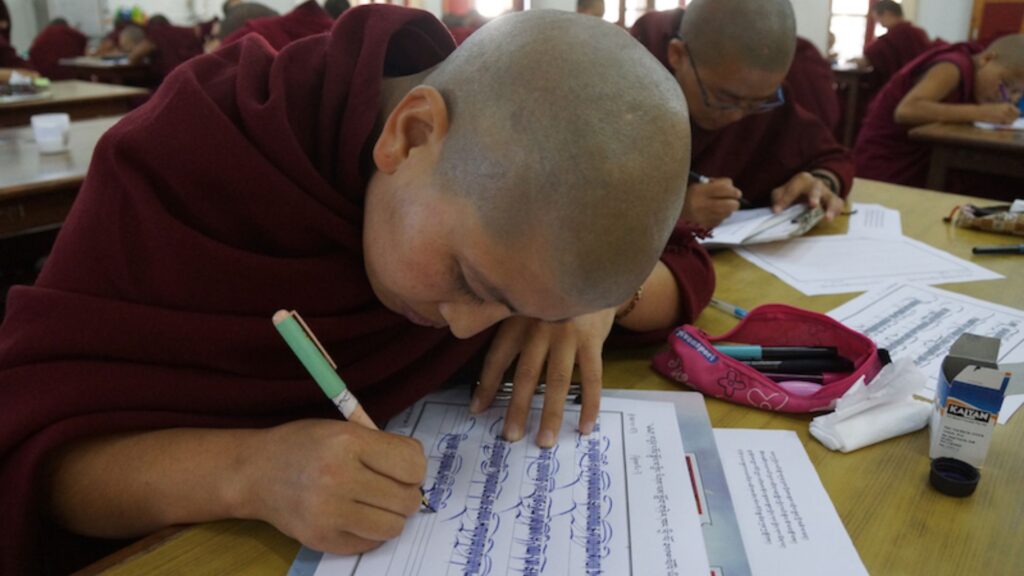
In conclusion, Tibetan culture is a rich and multifaceted tapestry that combines Buddhism, art, festivals, music, dance, architecture, cuisine, language, and script. Each of these elements contributes to the unique identity and heritage of the Tibetan people. From the intricate thangkas to the vibrant festivals, Tibetan culture is a treasure trove of spiritual, artistic, and cultural riches.

